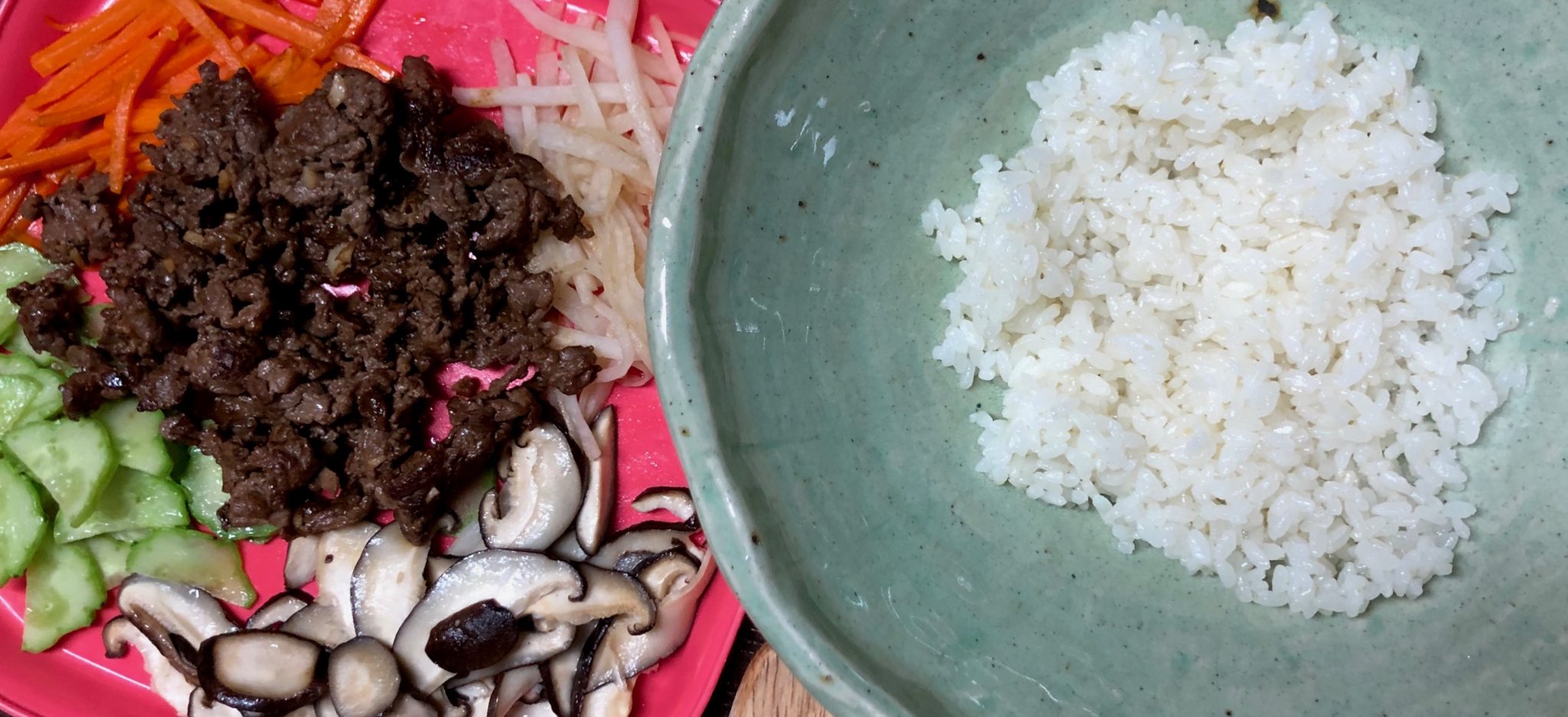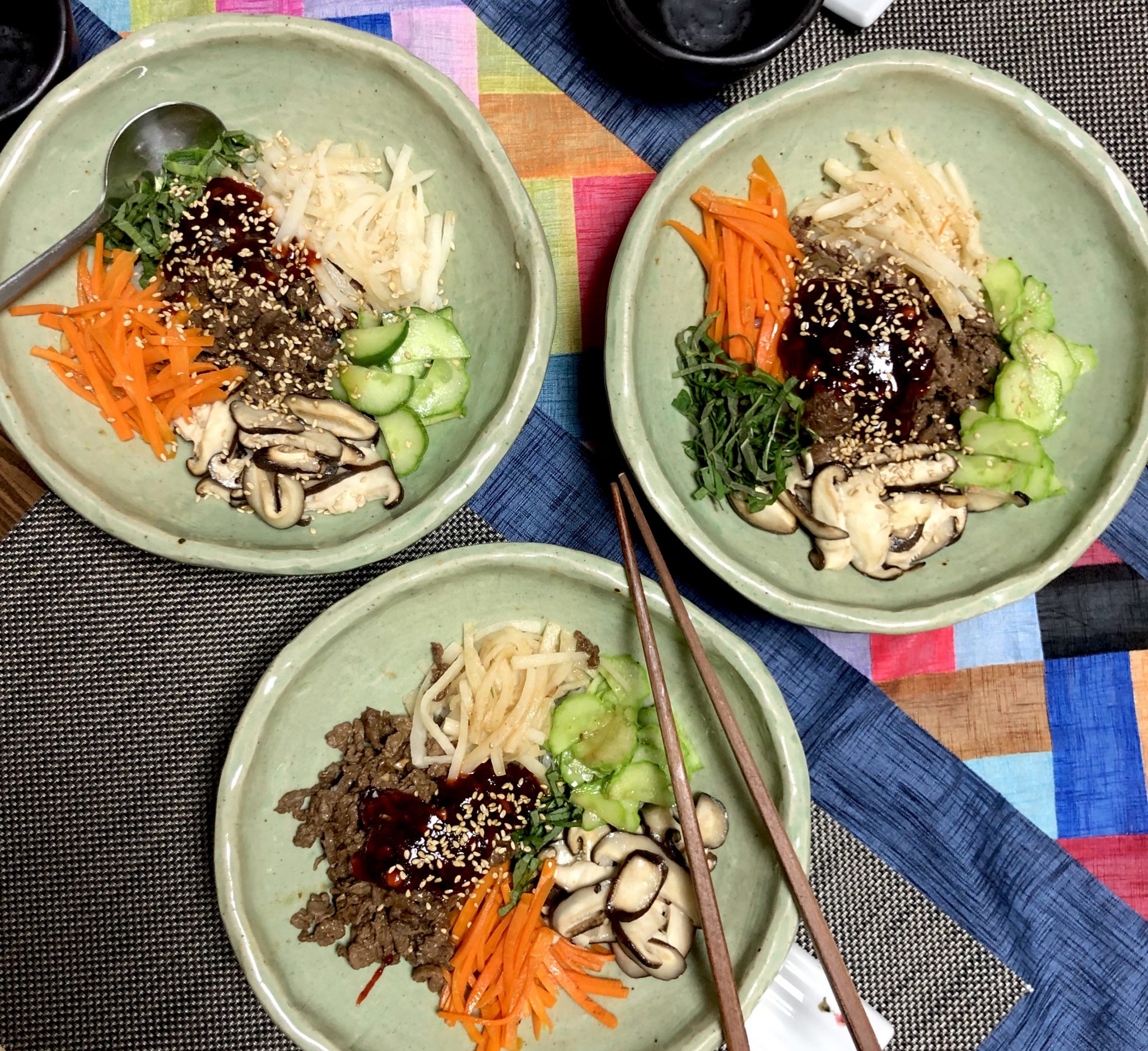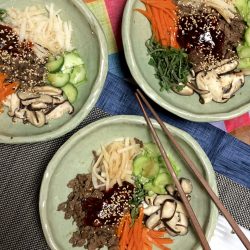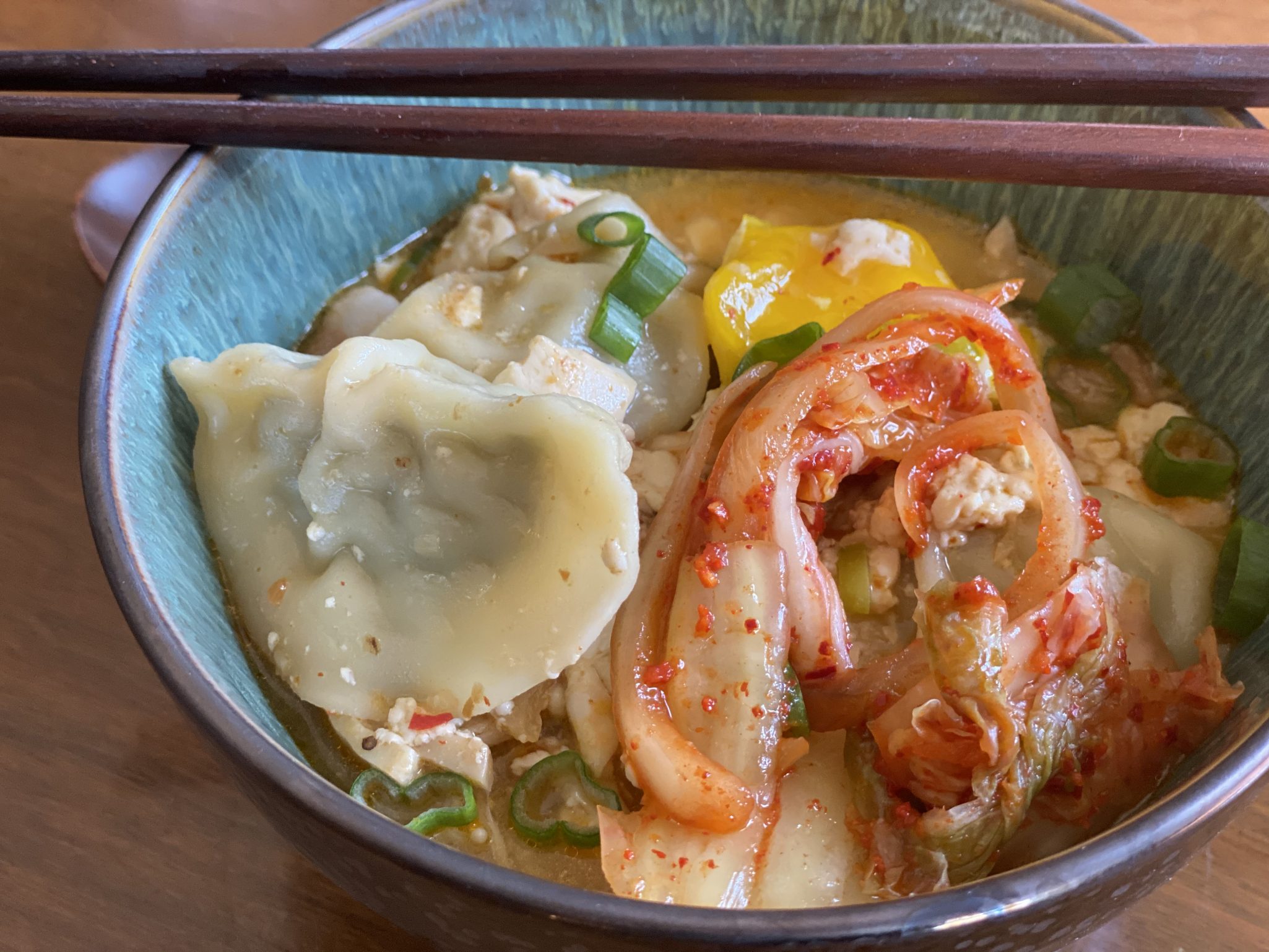
Everybody Have Jjigae Tonight (Kimchi Jjiggae-Korean Kimchi Tofu Soup)
Y’all know I love soup, right? I have about a dozen recipes for different soups on 3jamigos and now I am adding one more, Kimchi Jjigae or Kimchi Tofu Soup. It is easy to make, super delicious and something a little different. It’s a hearty soup with lots of yummy stuff. Along with kimchi, the soup has beef, or pork, tofu, mushrooms, onions, cabbage, basically, anything your little heart desires. Jamie and I collaborated on this recipe (she made it, I ate it). It is a mash-up of various recipes we found online. If you like Korean food and would like to try making it at home, there are some really good blogs and Instagrammers you can check out, Korean Bapsang, and My Korean Kitchen. Instagrammer @Christy_l_kitchen’s video for kimchi tofu soup served as ground zero for Jamie’s delicious soup.
First, let’s run through the ingredients for Kimchi Jjigae. If you live in the Bay Area, it will be easy to find the ingredients for this tasty pot. Actually, any major metropolitan area probably has an Asian market and there are online sources. (Or call me, happy to take anyone Asian food shopping) Once you have assembled the ingredients, putting the soup together is a SNAP.
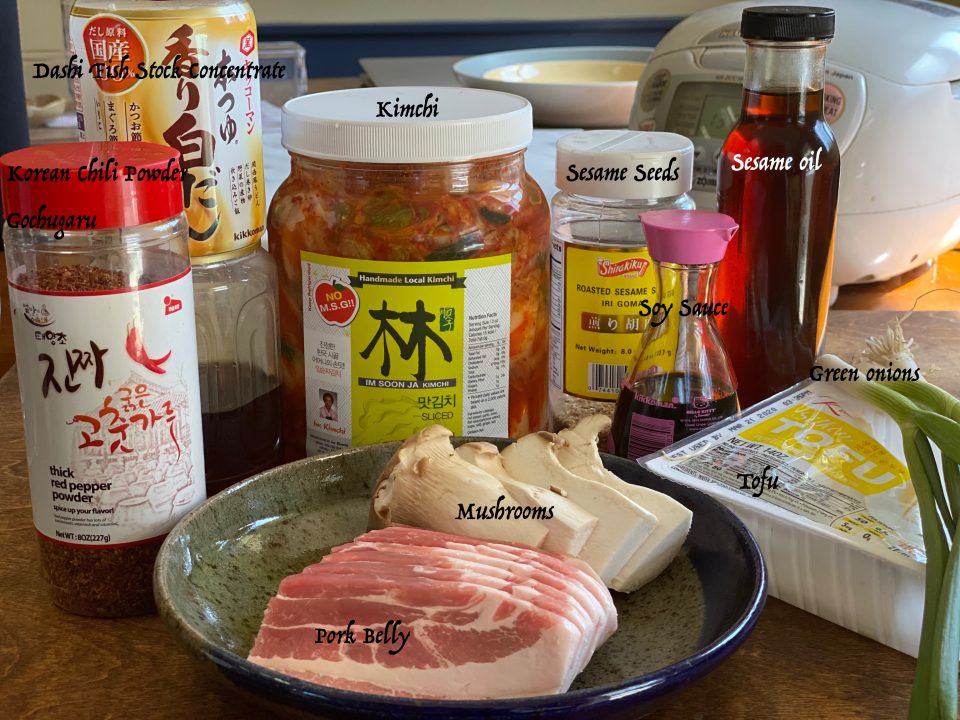
Let’s start at the very beginning, a very good place to start…
Kimchi, or fermented cabbage, is essential to the soup. It is the cornerstone of the soup providing umami, texture, and spice. Asian stores and larger supermarkets often carry Kimchi in their cold boxes. My favorite brands are Ocinet and Im Soon Ja. Use the one you like.
Tofu-made from soybean comes in various densities from super soft to extra firm. Normally, SoonDubu Jjigae uses a very soft “silken” tofu. PERFECTLY acceptable to use firmer tofu if you like. Tofu in tubes by Pulmone is a great choice. Kithcn has a nice primer on tofu that helps sort out the different varieties.
For protein, we used pork belly but again you can substitute beef or seafood such as shrimp or clams. Mushrooms are amazing and if you pull out the protein, the perfect vegetarian version. Jamie added King Mushrooms (pictured) and Enoki Mushrooms (teeny tiny mushrooms), very tasty.
Gochugaru, Korean red pepper adds sweet, spicy, fruity, smoky-irreplaceable, look for it at Korean markets or online. I like to use Gochujang (spicy sweet chili paste) along with the powder.
The soup can be made with water but if you want depth of flavor, use stock. Traditionally an anchovy stock is used but we improvised by using a Japanese Shiro Dashi (fish-based stock) concentrate which I love. In a pinch use chicken broth or a mushroom broth. The recipe calls for 1 cup of liquid, I LOVE soup so I usually increase the amount of liquid 1.5-2 cups. If you do too, taste for seasoning, you may want to increase the chili powder.
There you have it, all the ingredients for a pot of yumminess.
The hard part is over! It’s downhill from here. Saute’ your onions and pork, add kimchi and seasonings, stock, shrooms, and then the tofu. Top with green onions, Badda bing Badda boom, done. Just a couple of minutes of work and dinner is served! Koreans have a special little pot to cook Tofu Soup in, it retains heat, when you bring it to the table the soup is still bubbling furiously. Drop a raw egg in and let it cook in the piping hot broth. We don’t have a special pot so we dropped the egg on top before taking the saucepan off the stove.
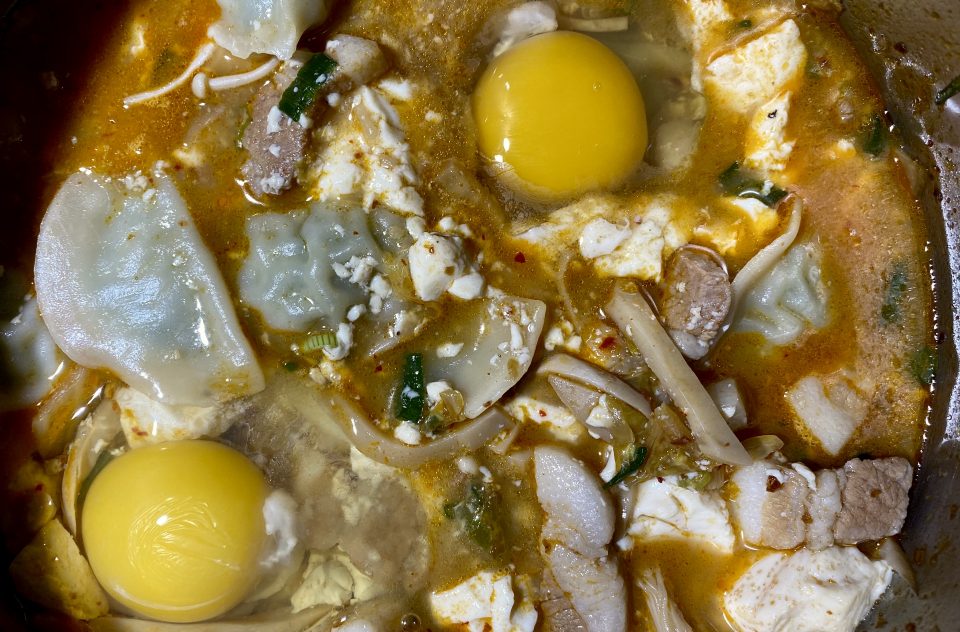 Variations on a Jjigae theme. Did I mention we threw in mandu for good measure? Because who doesn’t love dumplings! To increase the veggie content without adding more kimchi, add sliced fresh cabbage or more mushrooms.
Variations on a Jjigae theme. Did I mention we threw in mandu for good measure? Because who doesn’t love dumplings! To increase the veggie content without adding more kimchi, add sliced fresh cabbage or more mushrooms.

Korean Tofu Soup Kimchi Jjigae
Ingredients
Sauteed 3-4 min until pork loses its pink color
- 1/4 yellow onion, thinly sliced
- 1/2 cup thinly sliced pork belly or beef can sub seafood, shrimp or clams.
- 2 scallions, chopped, separate white and green parts divide white and green parts, finely chopped, add white part to yellow onion mix saute', reserve green part for garnish
Add to onions & pork, saute' 1-2min
- 1 teaspoon minced garlic
- 1/2-3/4 cup thinly sliced kimchi
- 1/2 tablespoon sesame oil use a little more if using more gochugaru
- 1/2-1 T soy sauce
- 1 T Gochujang (chili paste)
Add & Bring to a Boil
- 1 cup anchovy broth can use water, dashi or chicken broth
- 1-2 T red chili pepper flakes gochugaru add more for a spicier stew
- 2 to 3 tablespoons juice from kimchi
When Boiling add the following and boil for 3-4 minutes
- 2-3 shiitake mushrooms, thinly sliced or enoki mushrooms, 1 small pkg
- 1 cup veggies of choice, squash, Mu, Dumplings optional but recommended
Then add in concentric circle to top of soup
- 10 ounces soondubu, divided into 4-5 slices extra soft/silken tofu, 1/2 carton of tofu
- pinch black pepper, dash of salt
- 1 large raw egg, add to center optional
Garnish
- sesame seeds, the reserved green onions splash of sesame oil
Instructions
- Heat 1 tsp oil in a small saucepan over medium heat. Add diced onion, scallions (white part) and pork or . Stir-fry until the meat is almost cooked, 3 - 4 minutes.
- Add the kimchi, chili paste, garlic, soy sauce and sesame oil to pot. Stir to combine and saute for 1-2 minutes.
- Pour in broth, juice from the kimchi and pepper flakes. Bring it to a boil, add mushrooms and continue to boil for 3 - 4 minutes.
- Add the soft tofu in big chunks. Stir in salt to taste (I rarely add salt), start with 1/4 teaspoon, and black pepper.
- Cook for 4 -5 minutes. Add chopped scallions just before removing the pot from the heat.
- If desired, crack an egg into the soup to serve while it’s still boiling hot.
- Serve with rice.
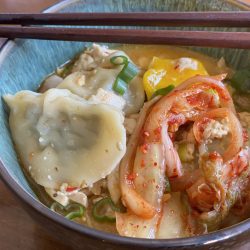
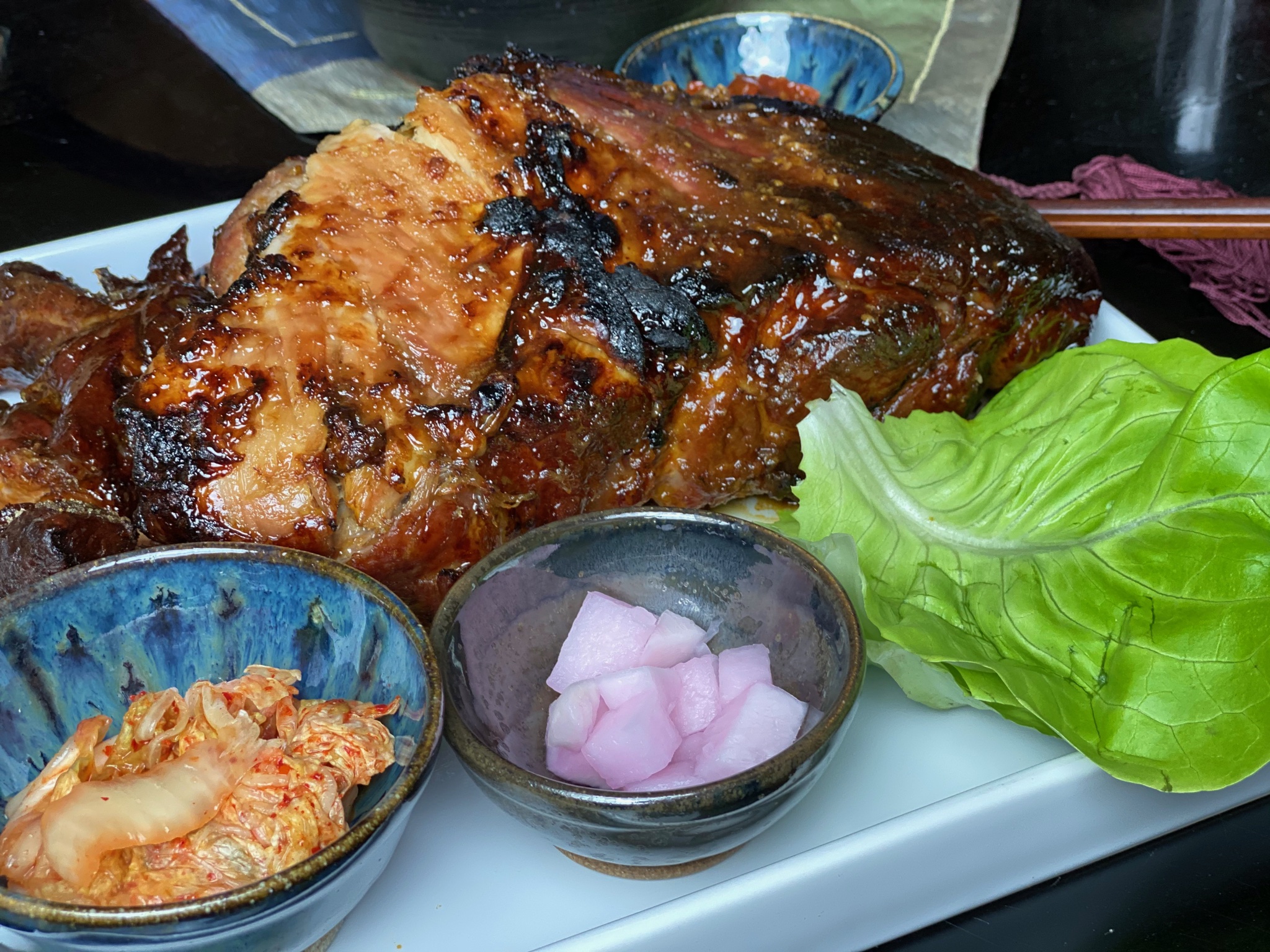
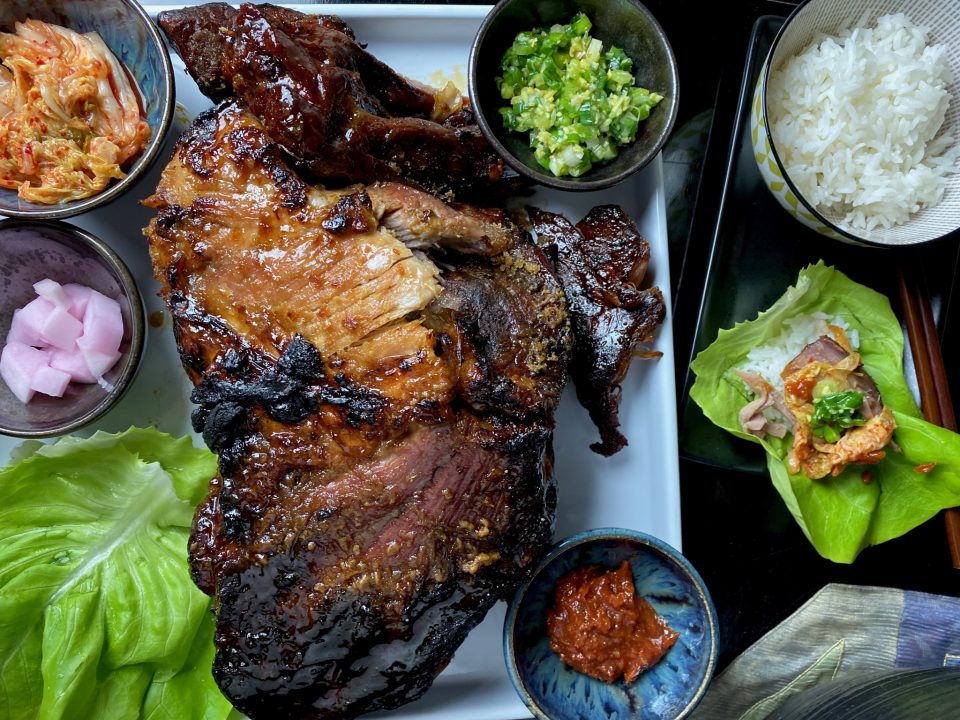
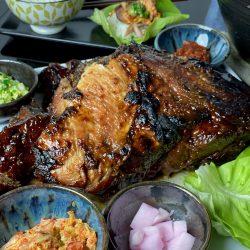
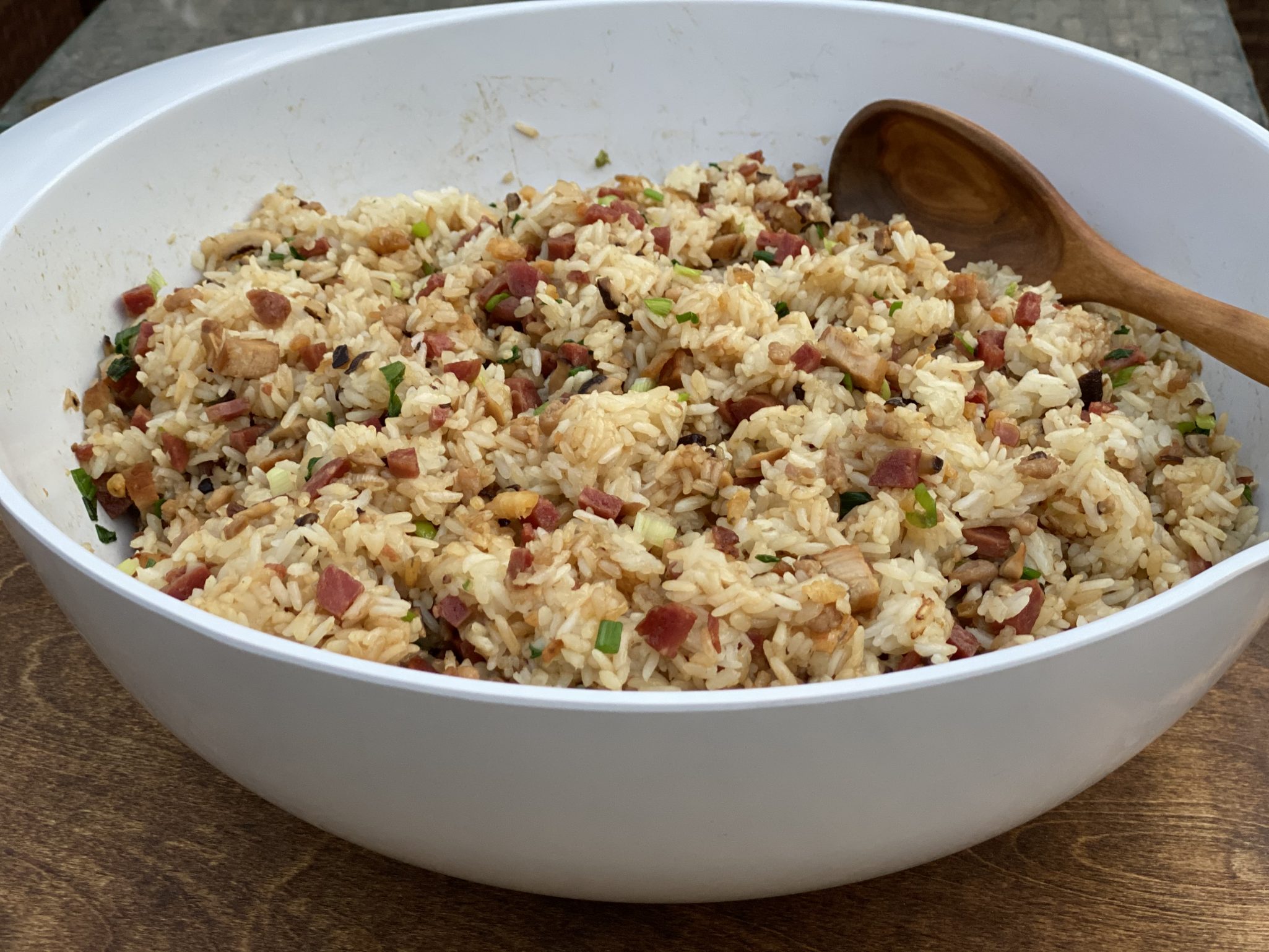
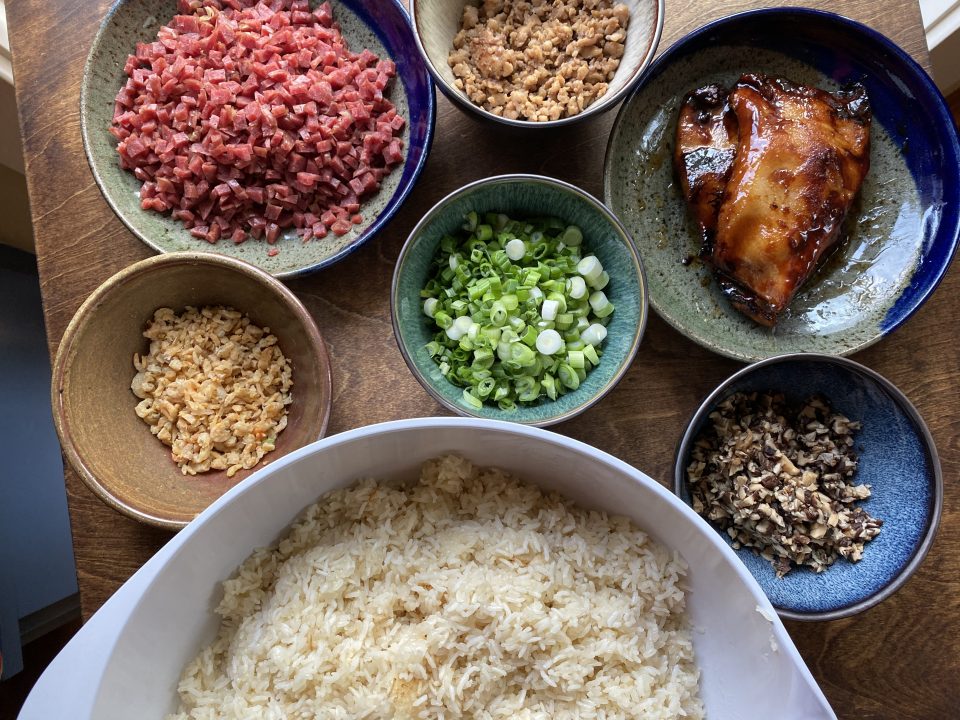
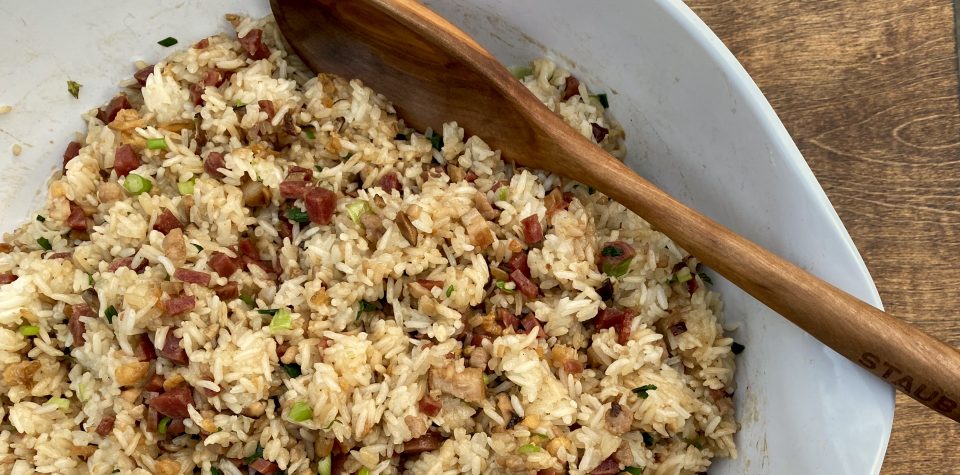



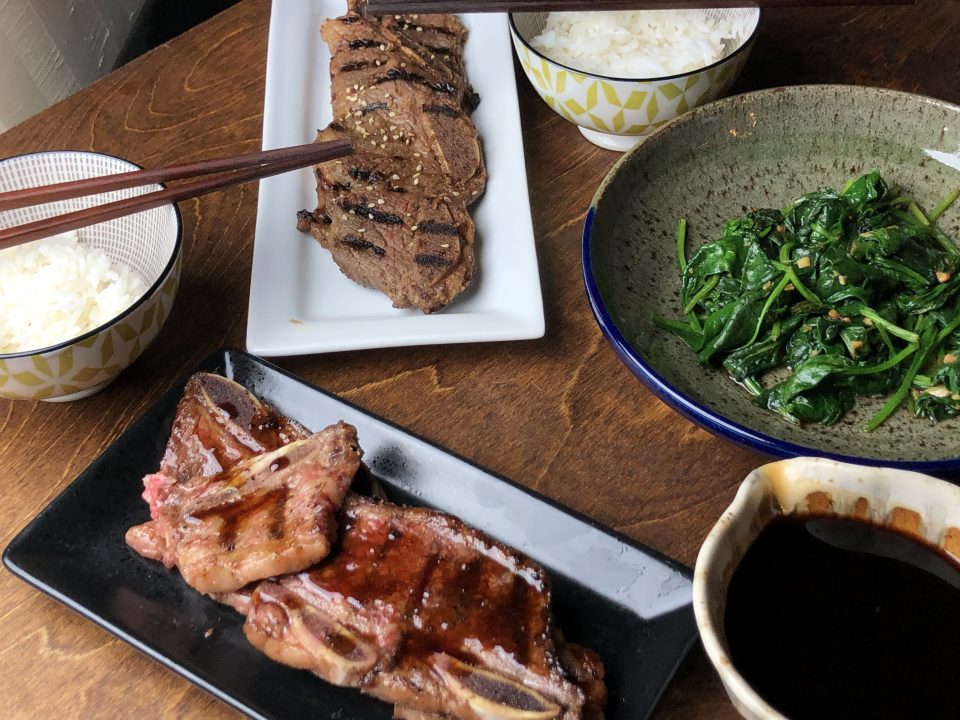
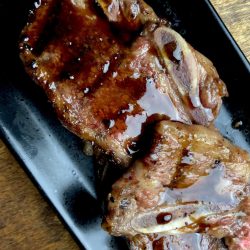
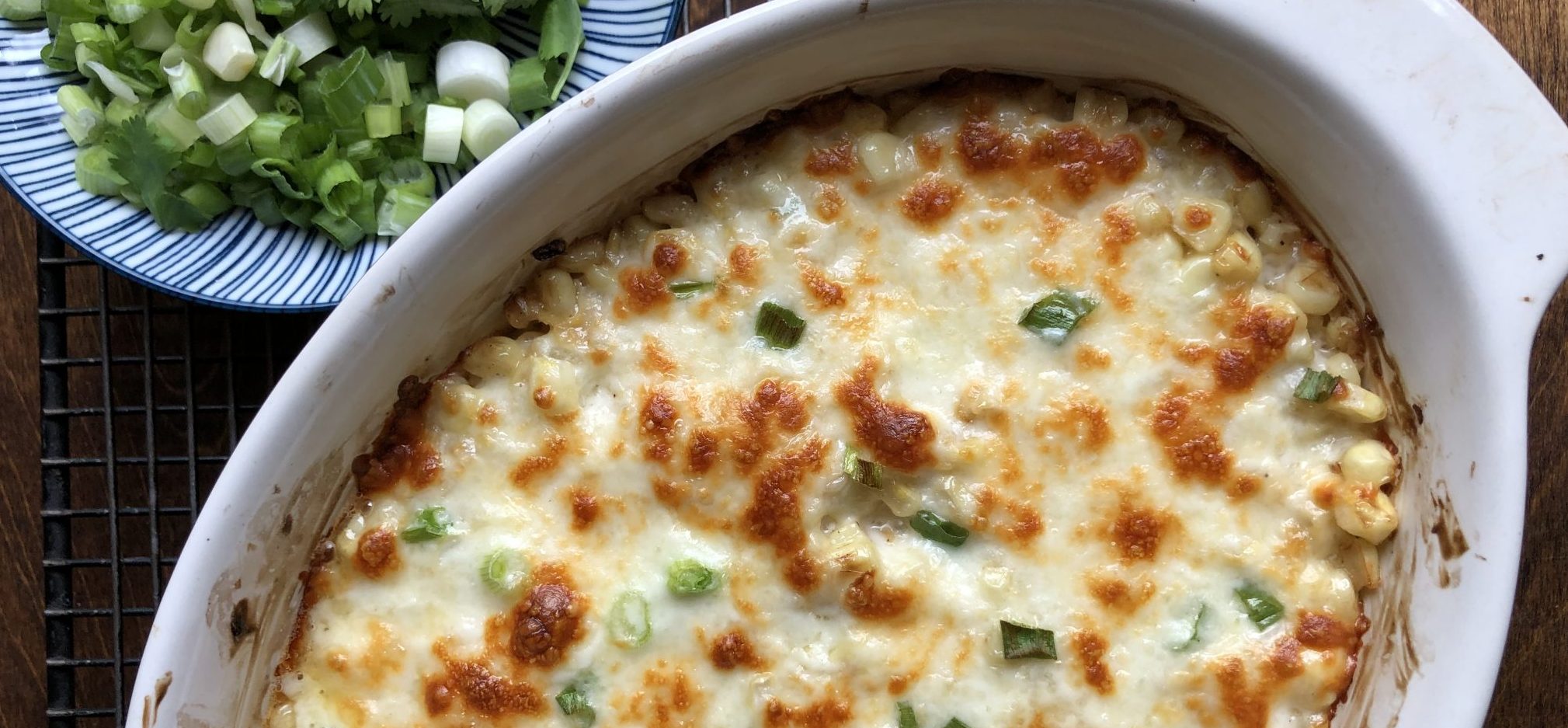
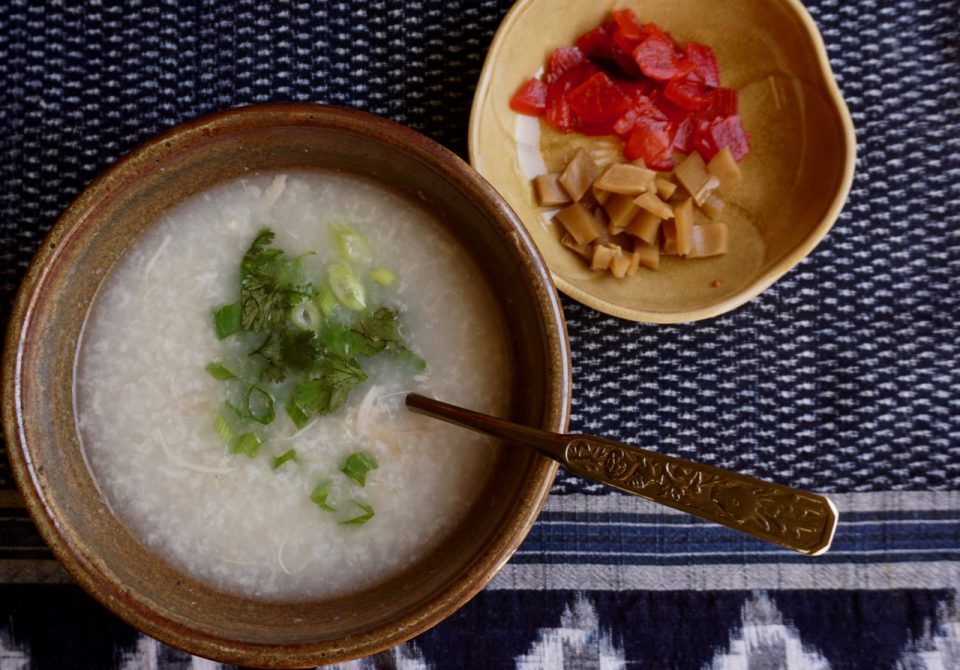
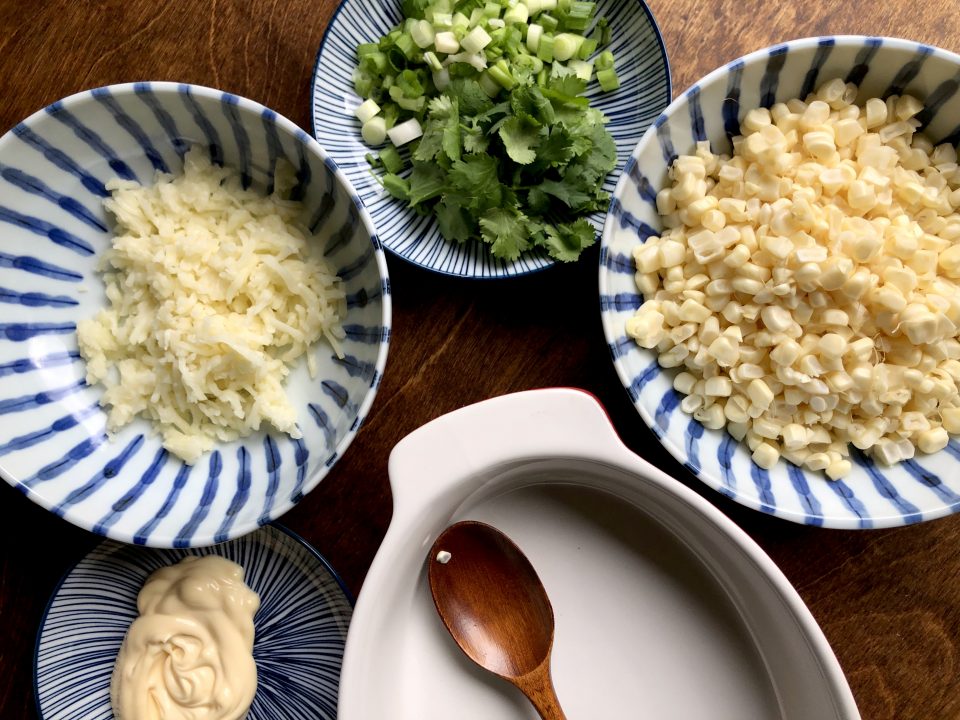
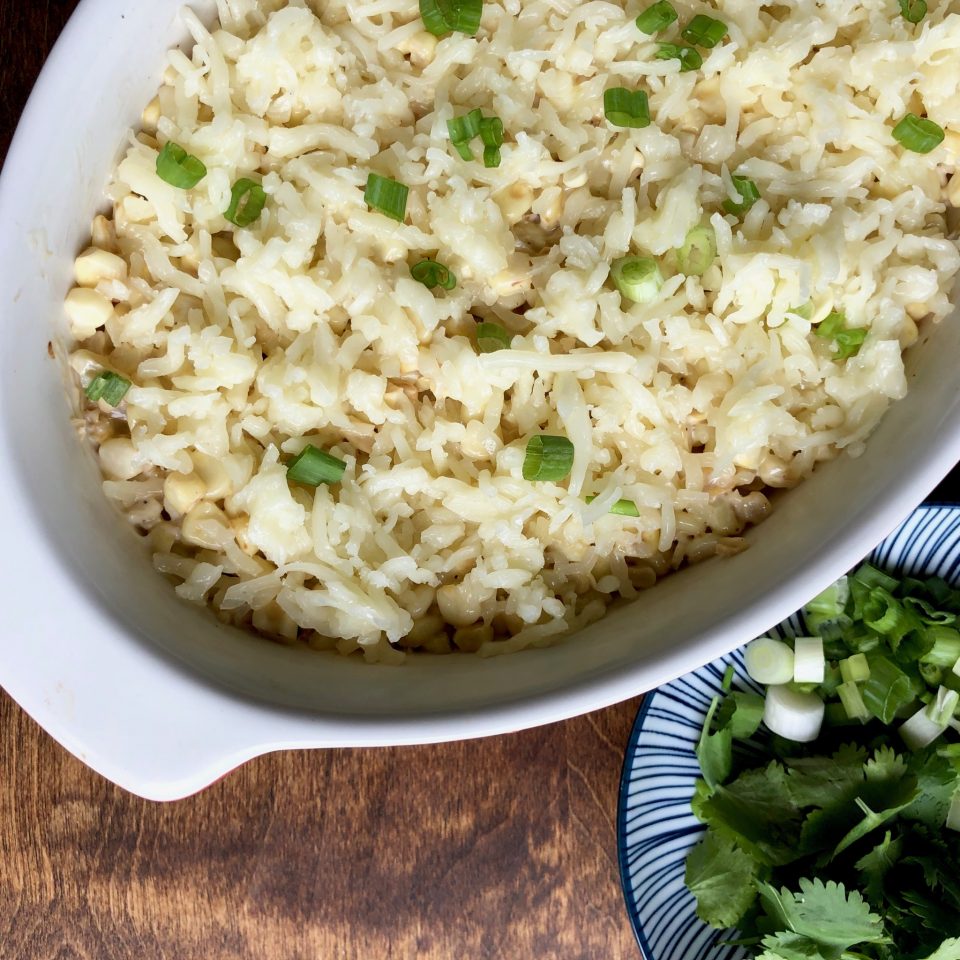


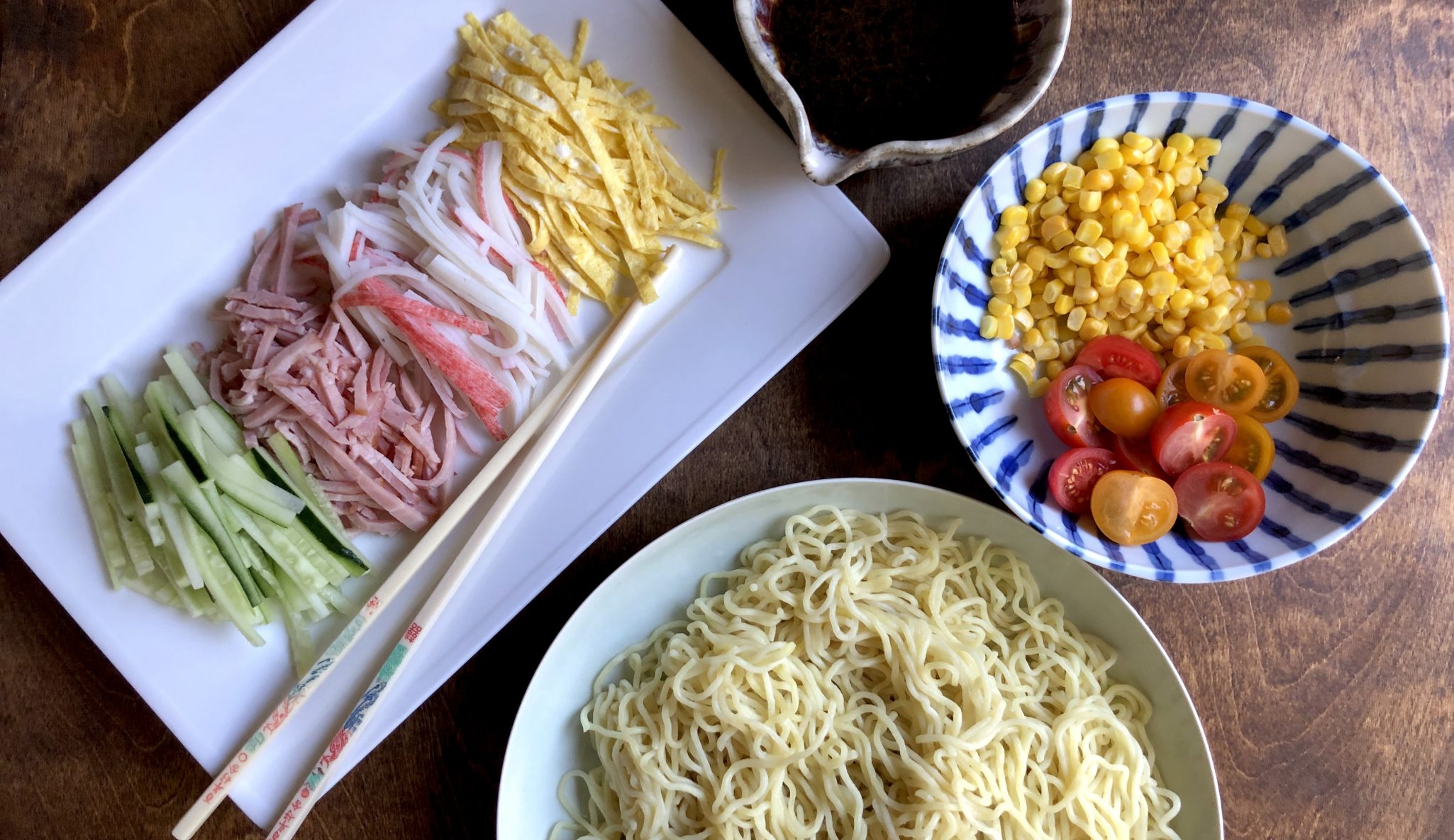
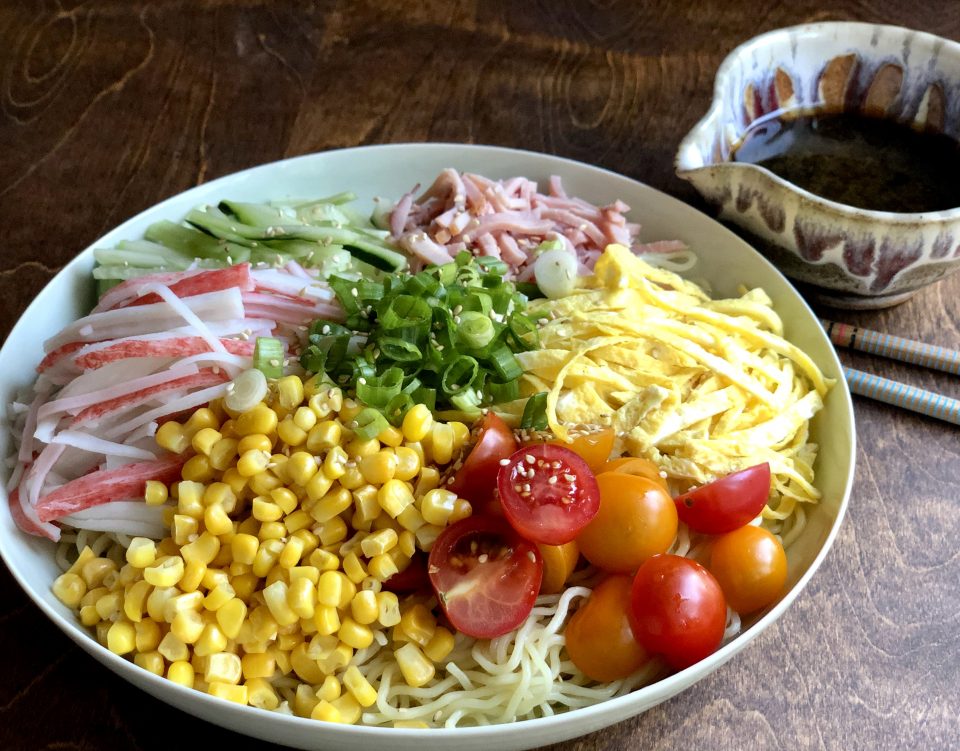
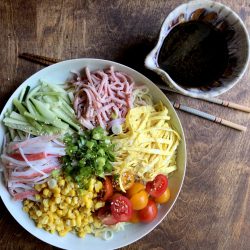
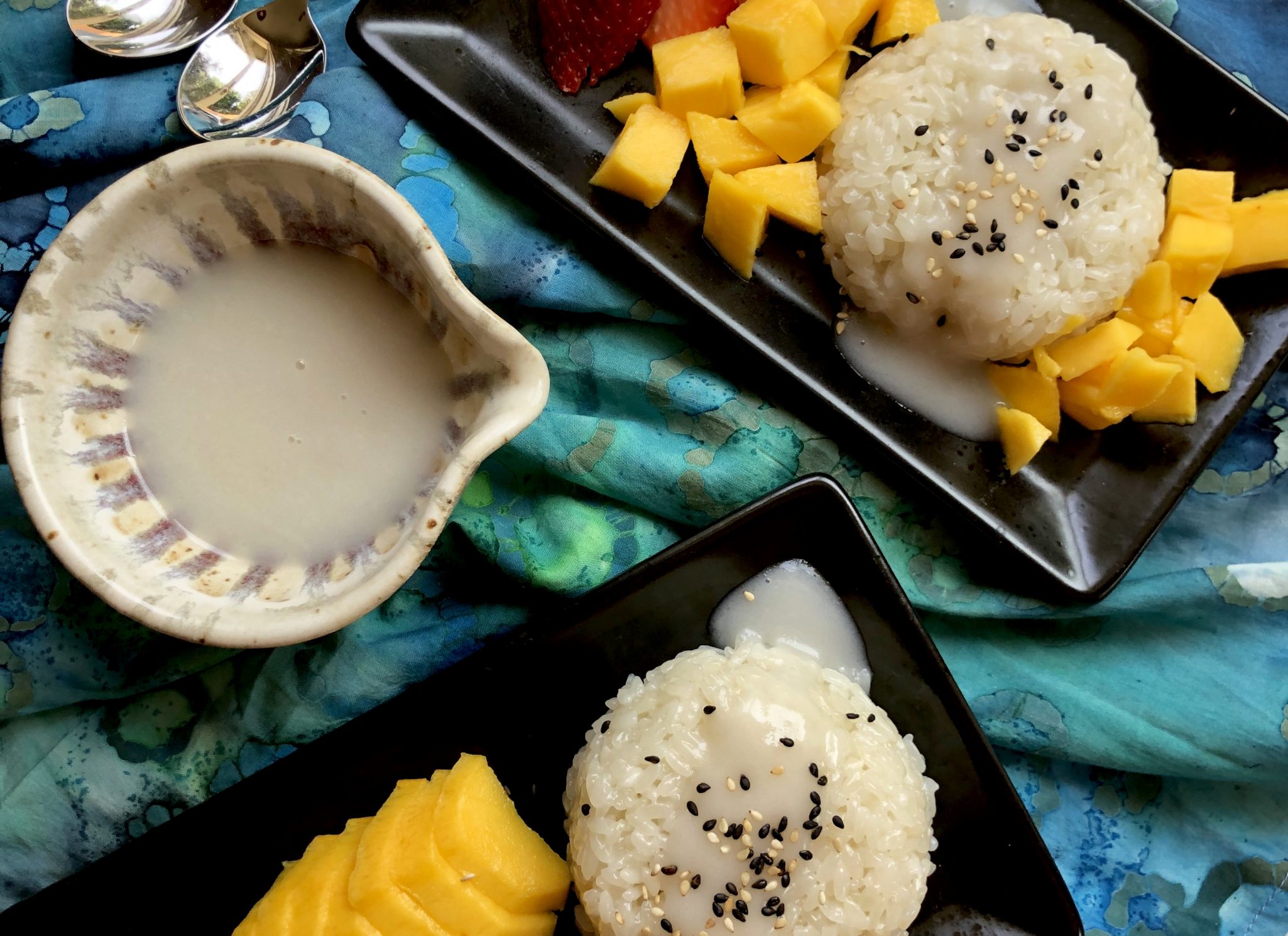
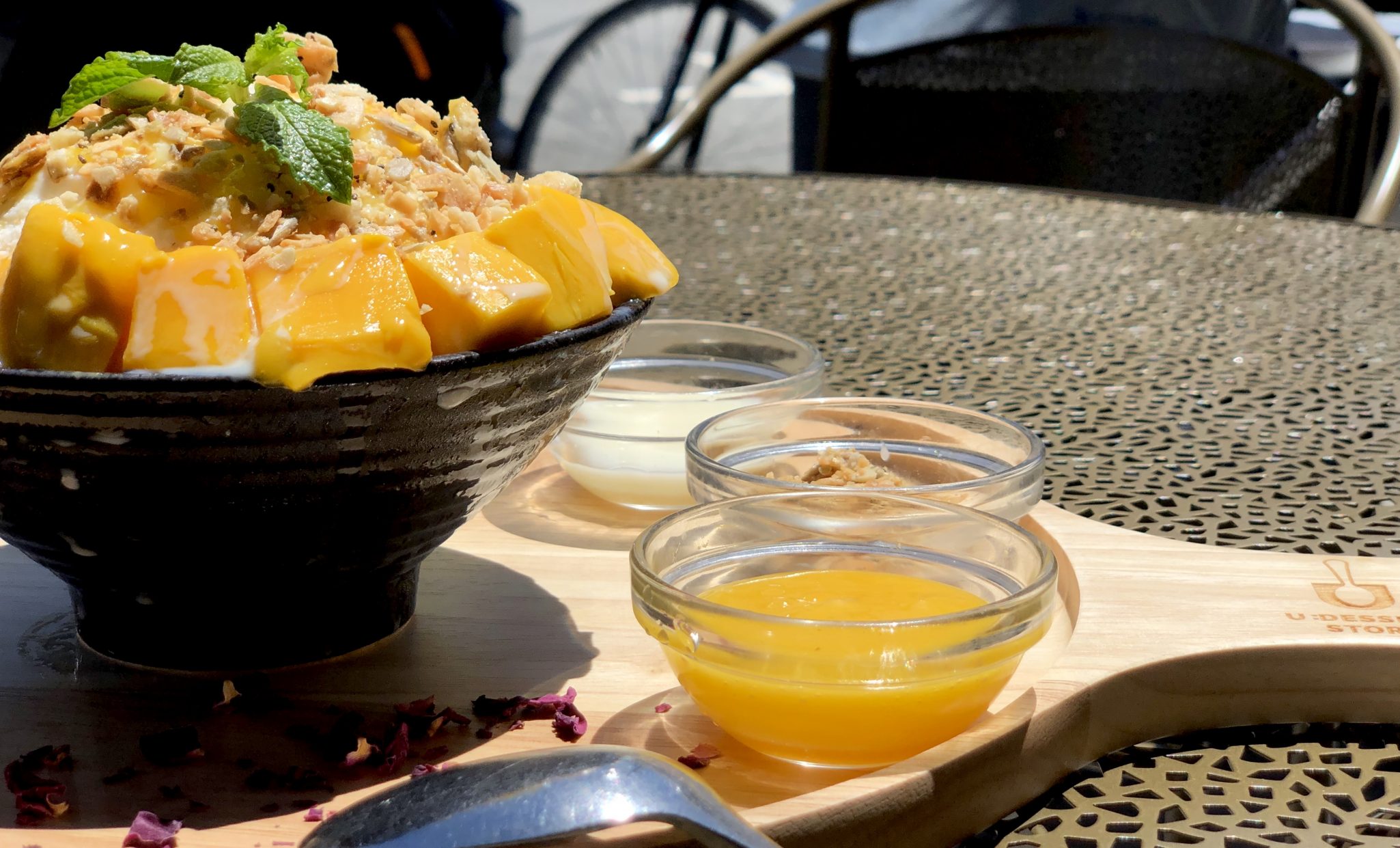
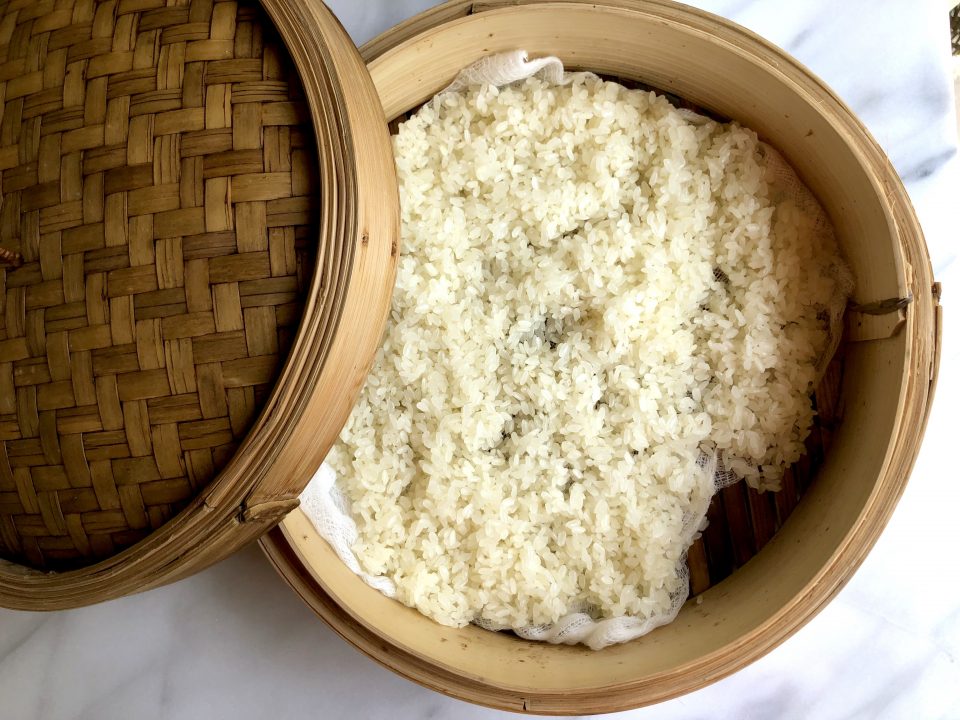
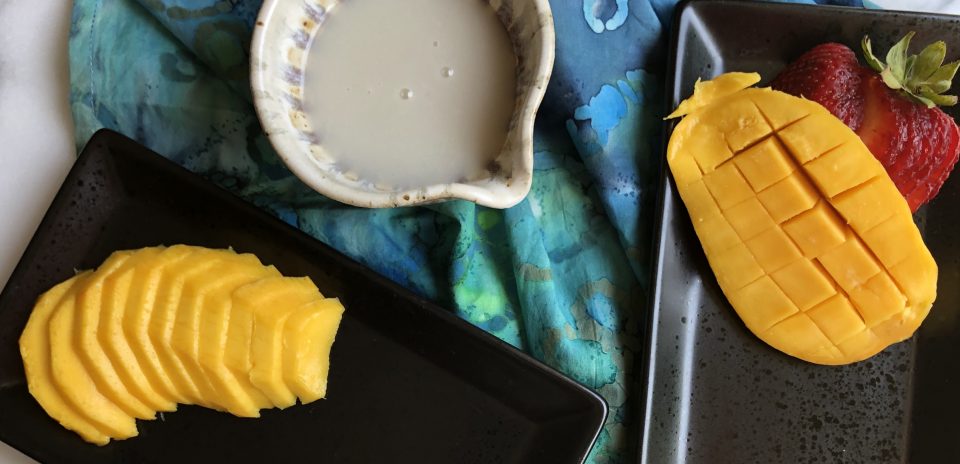
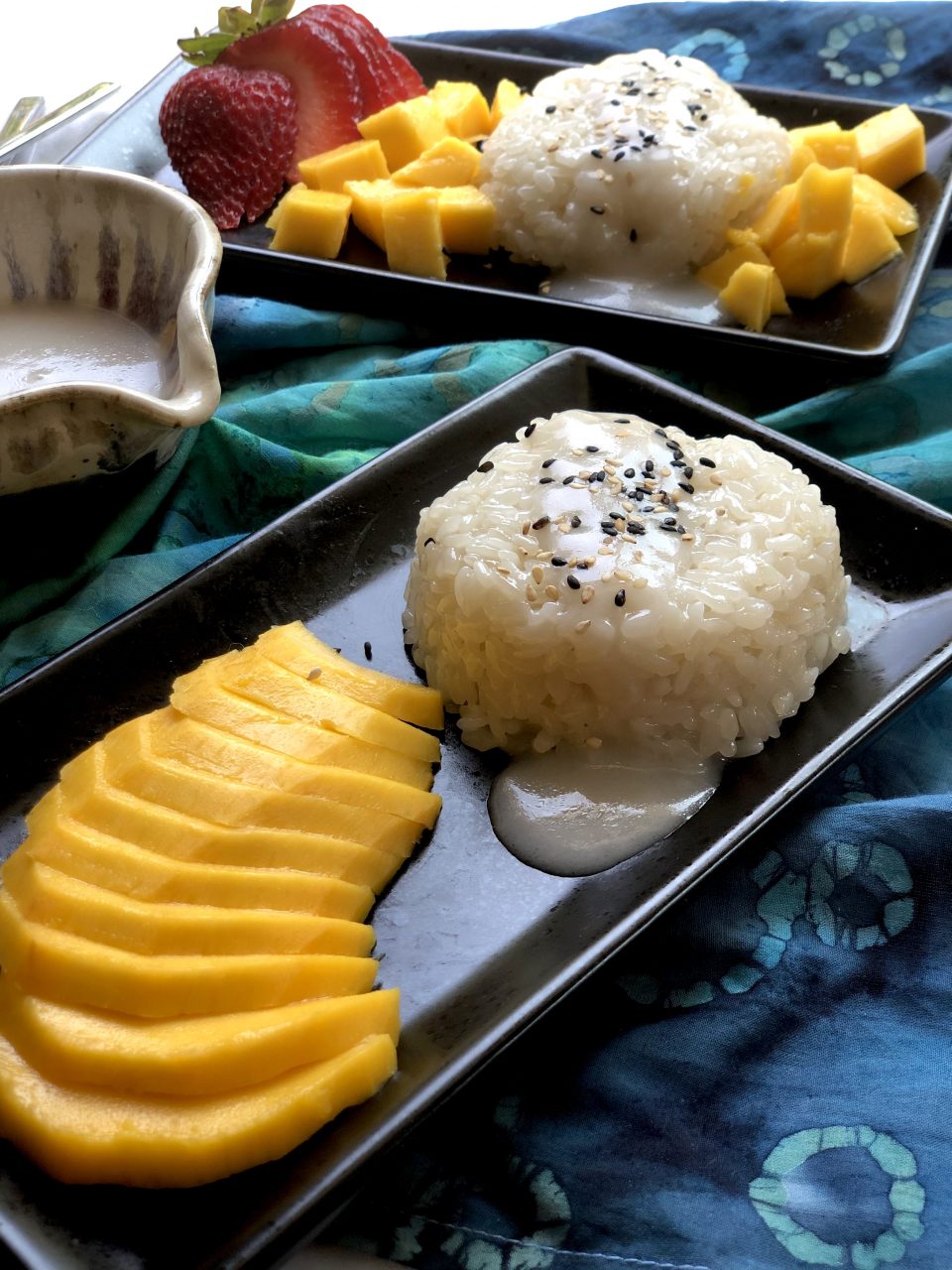
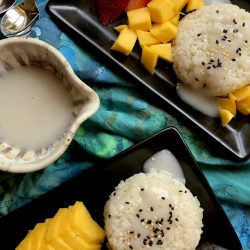
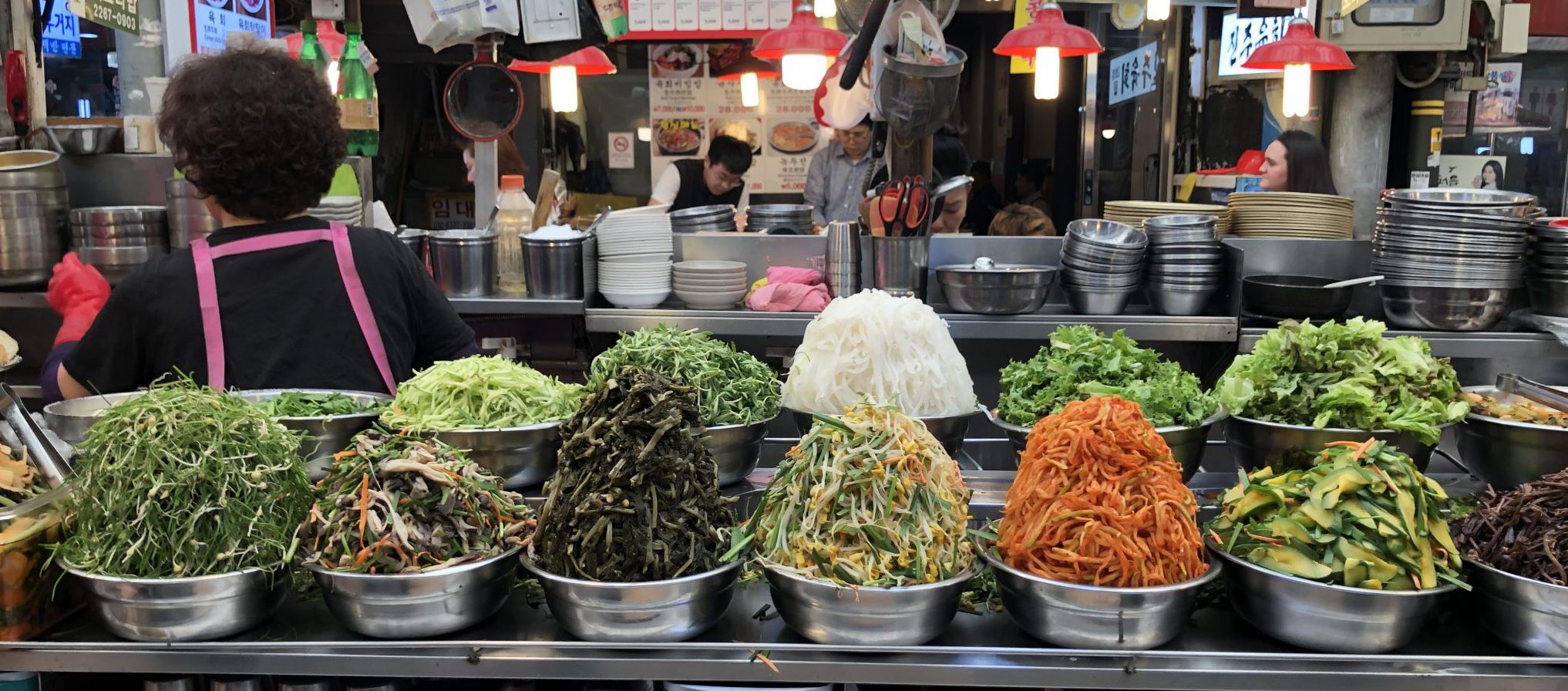
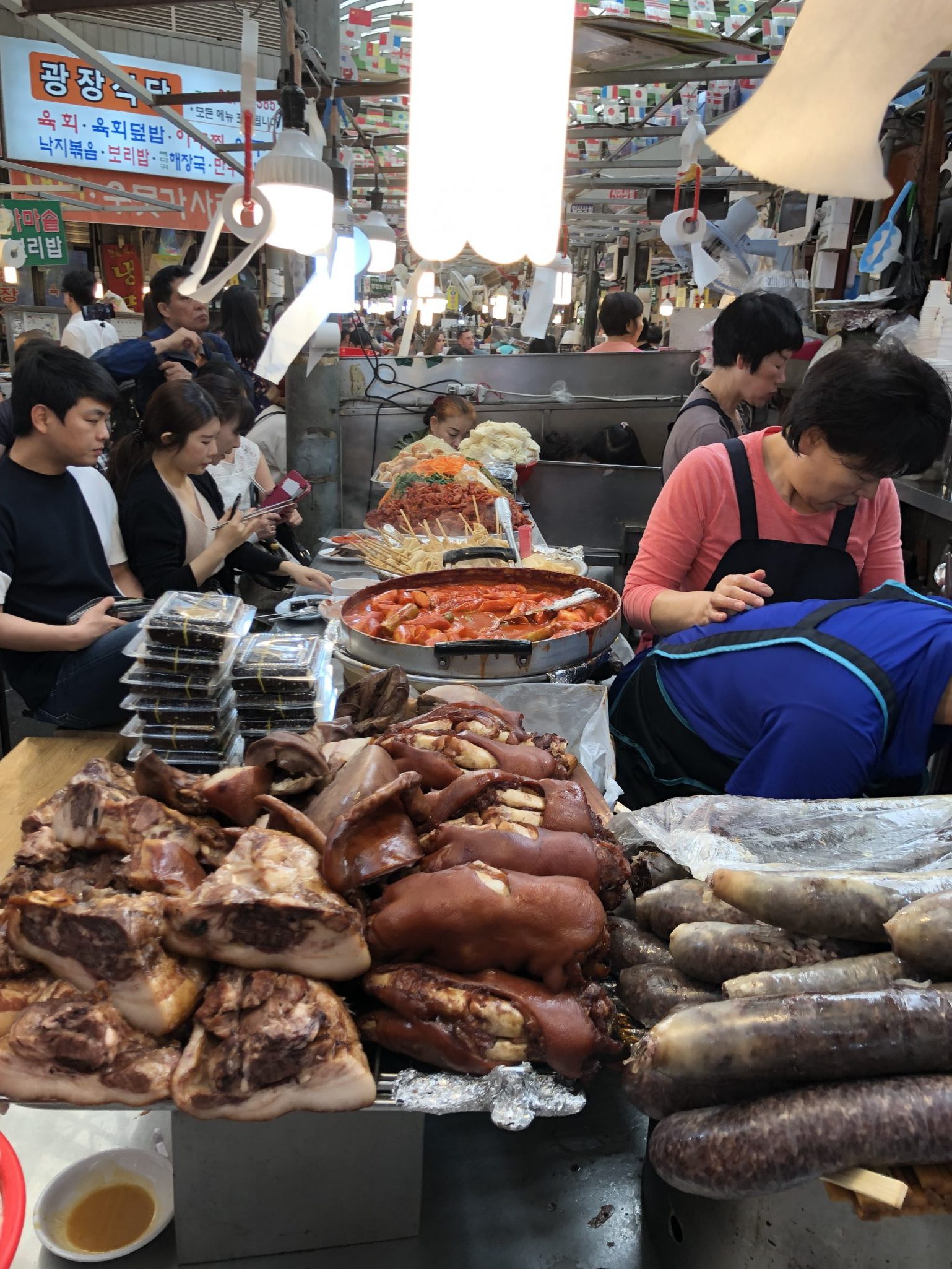
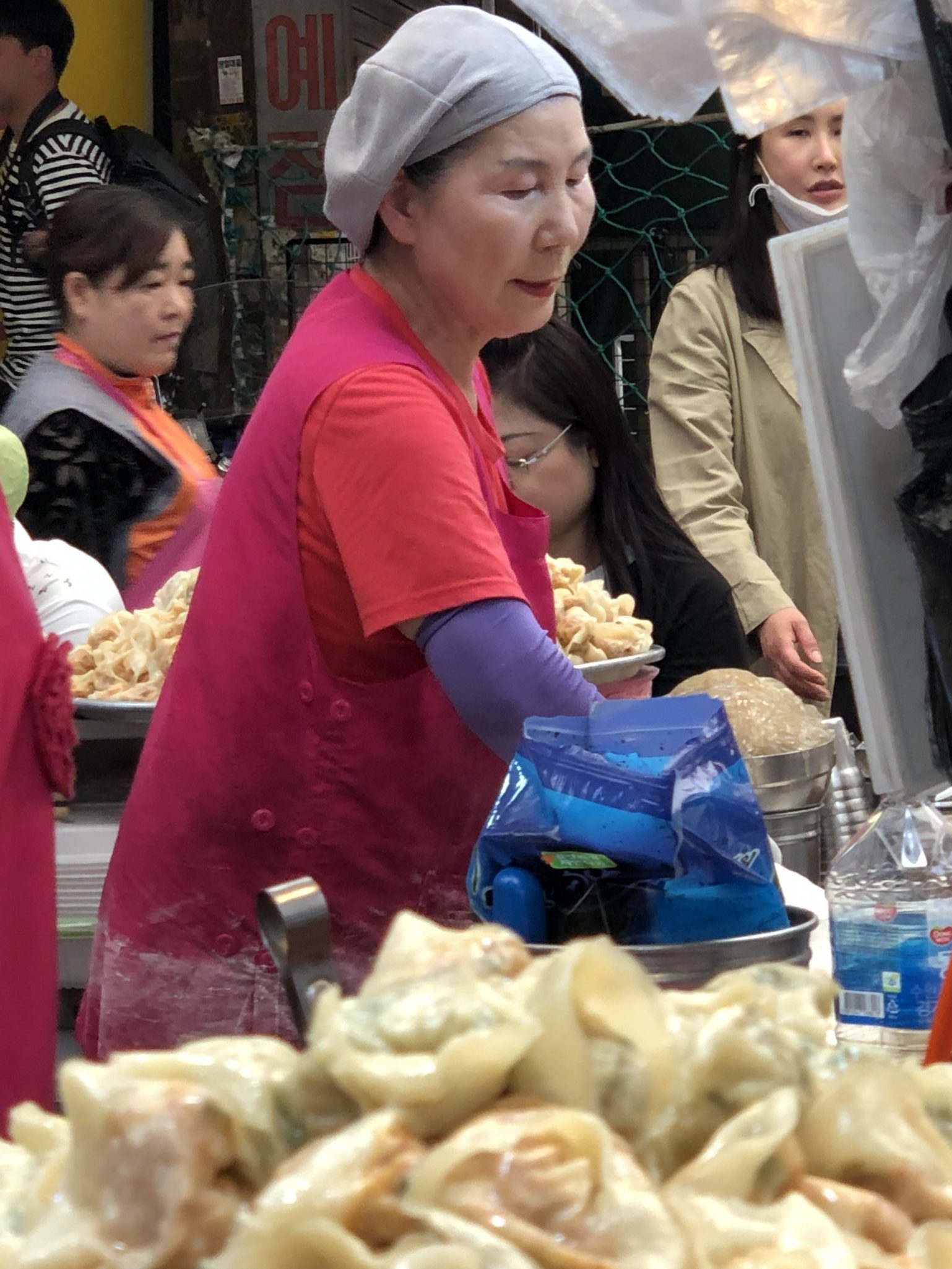
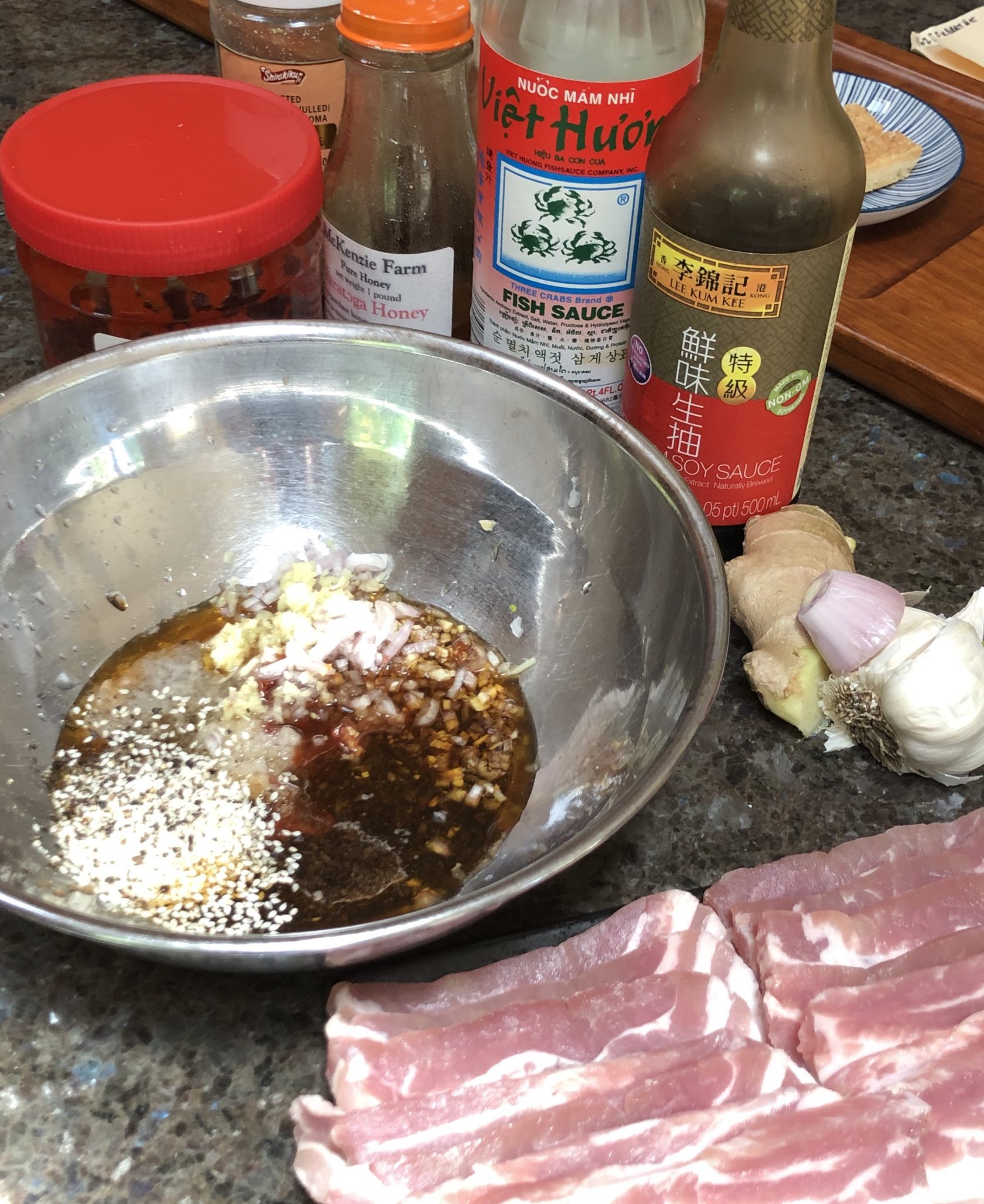
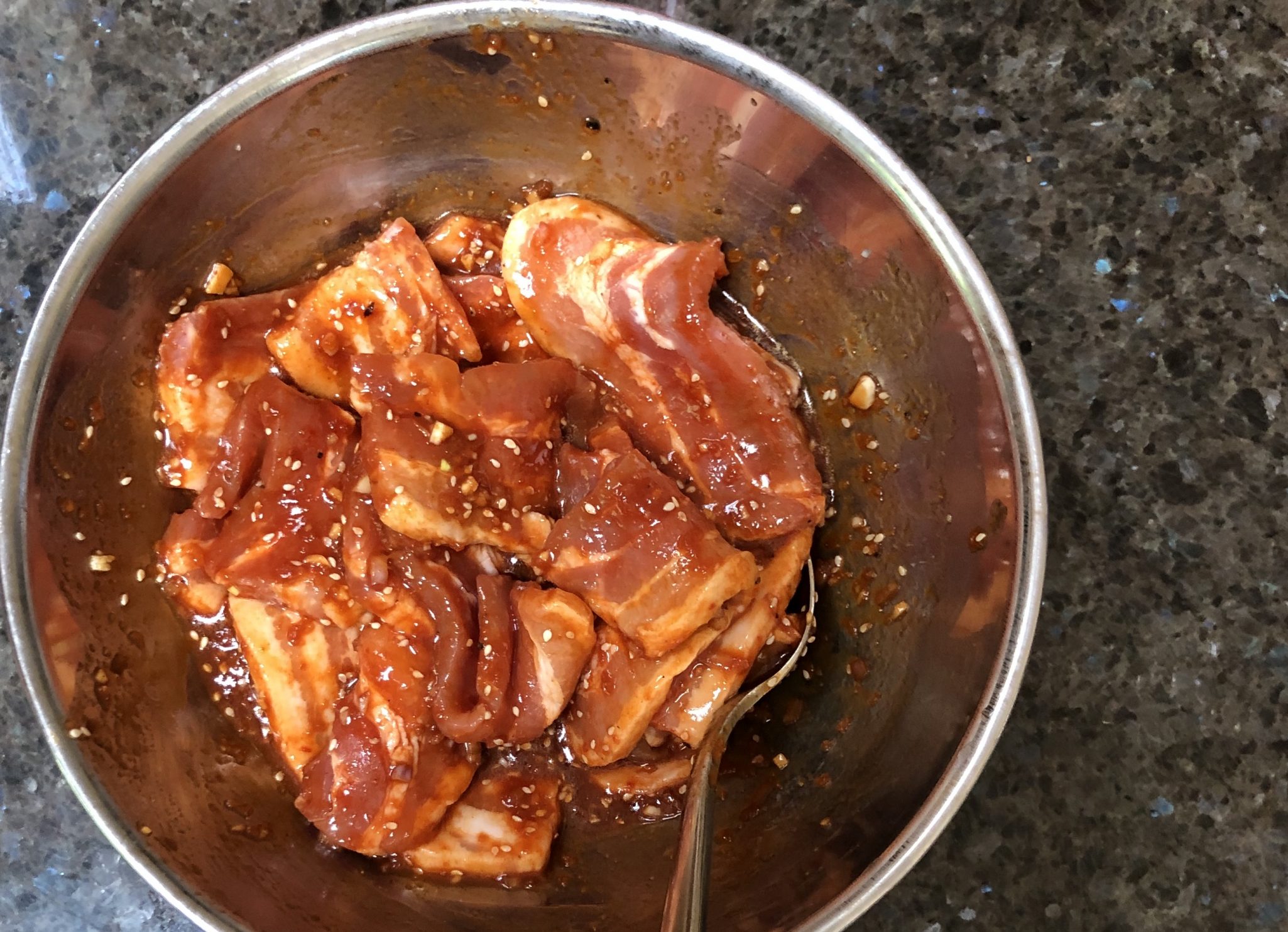
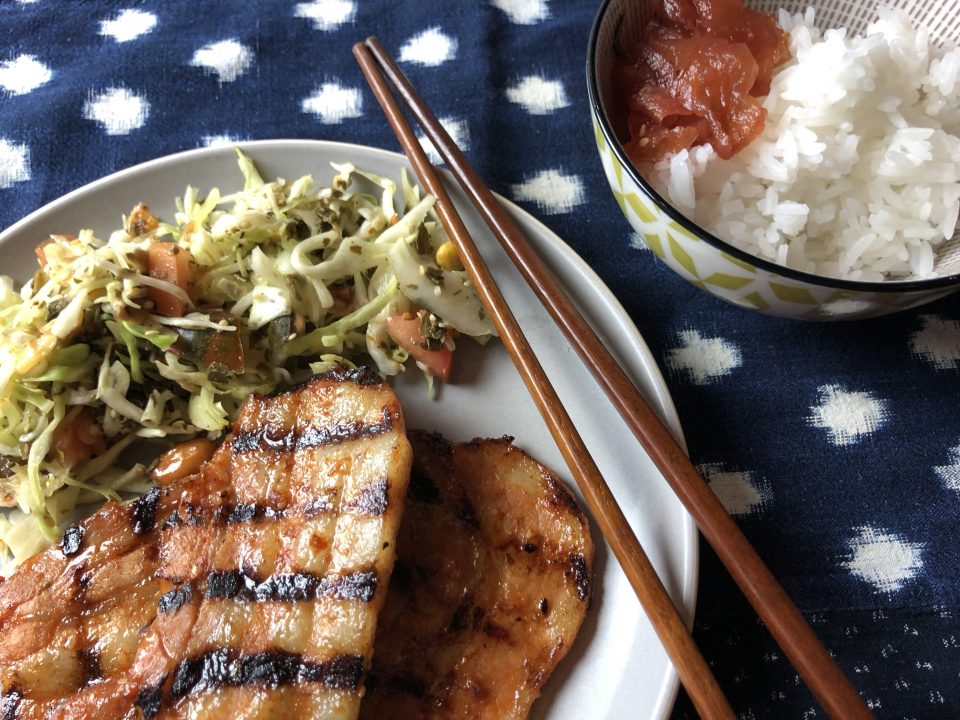
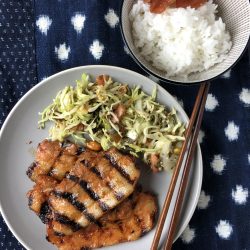
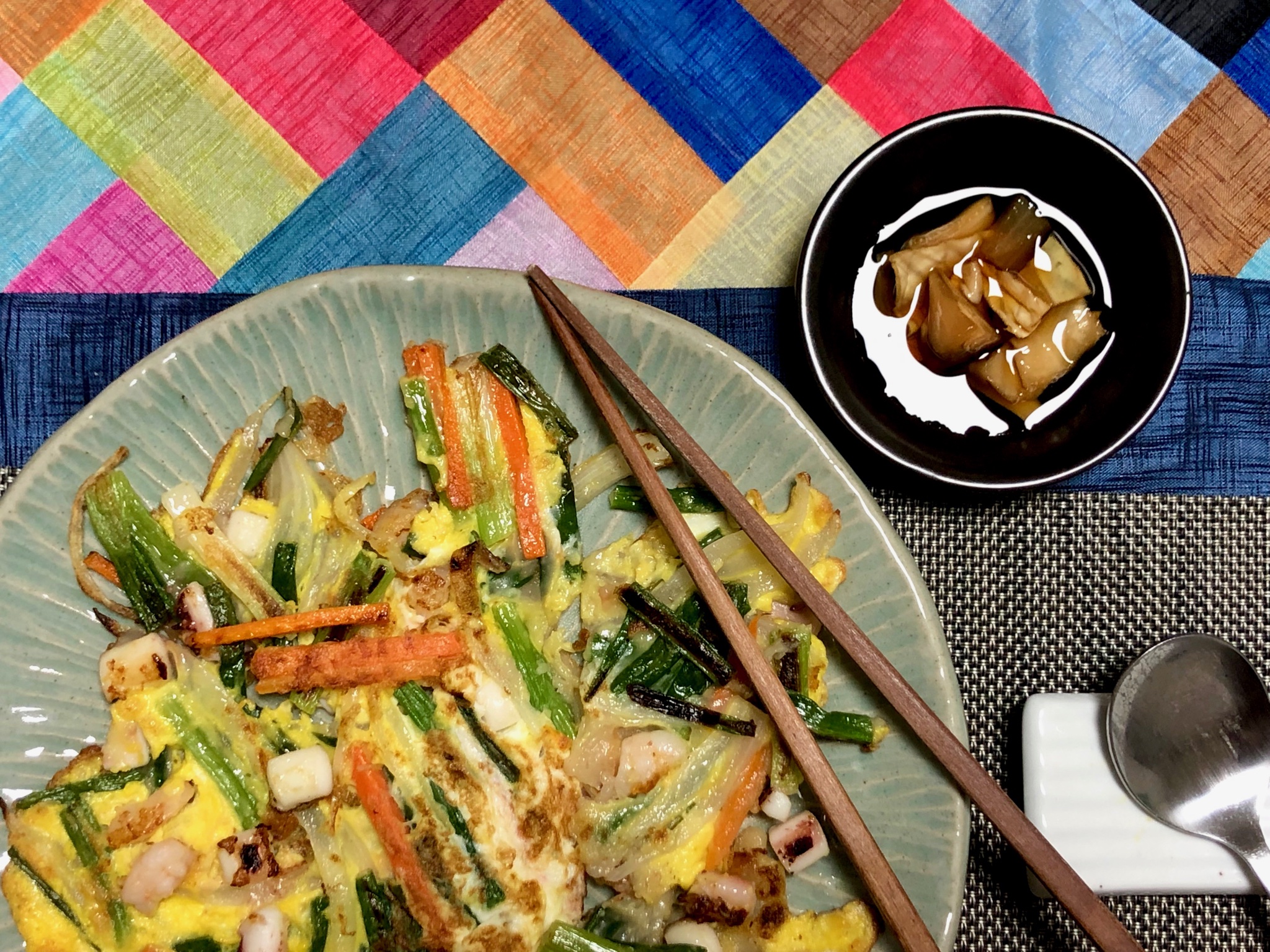
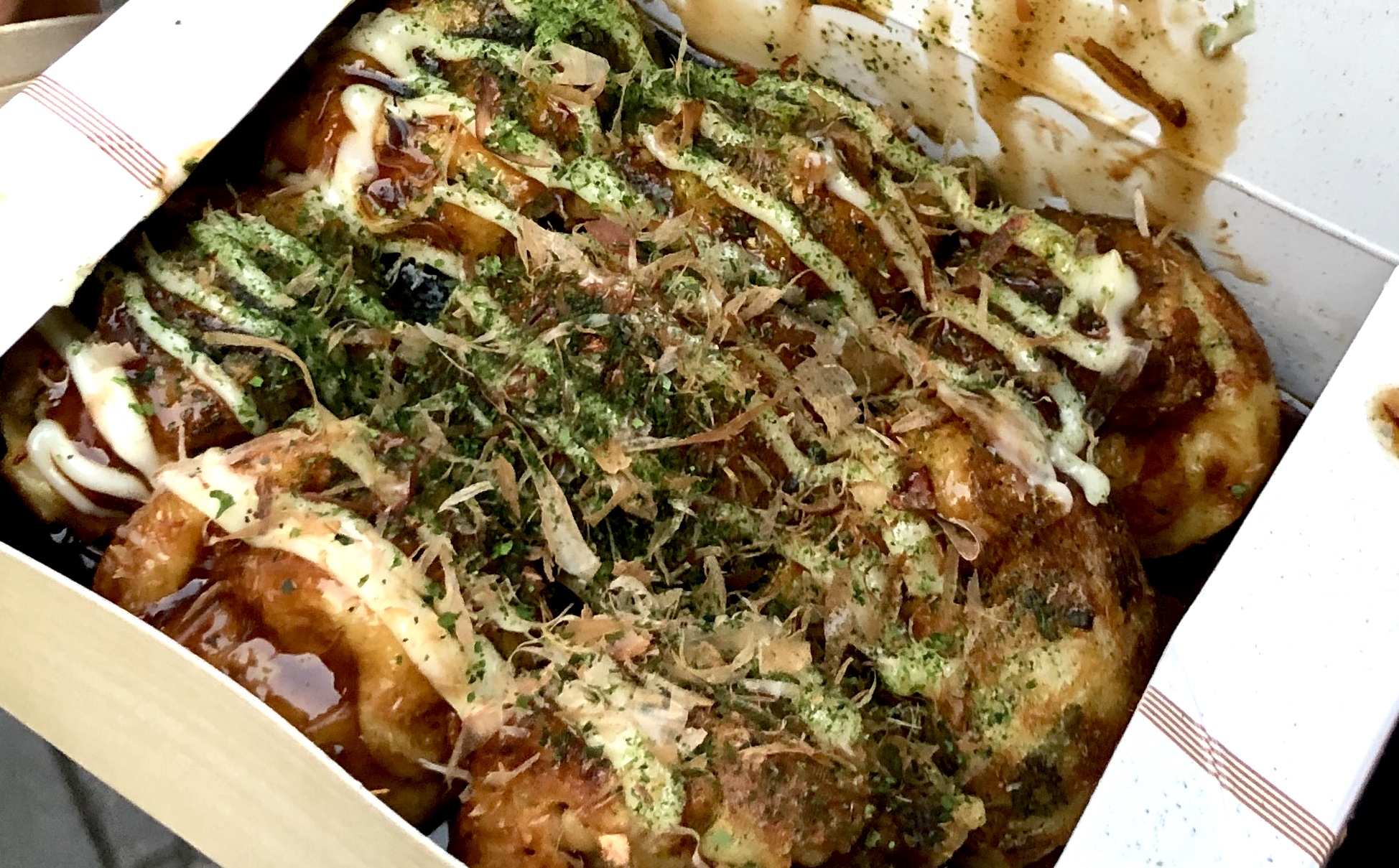
 Early morning at a local street market
Early morning at a local street market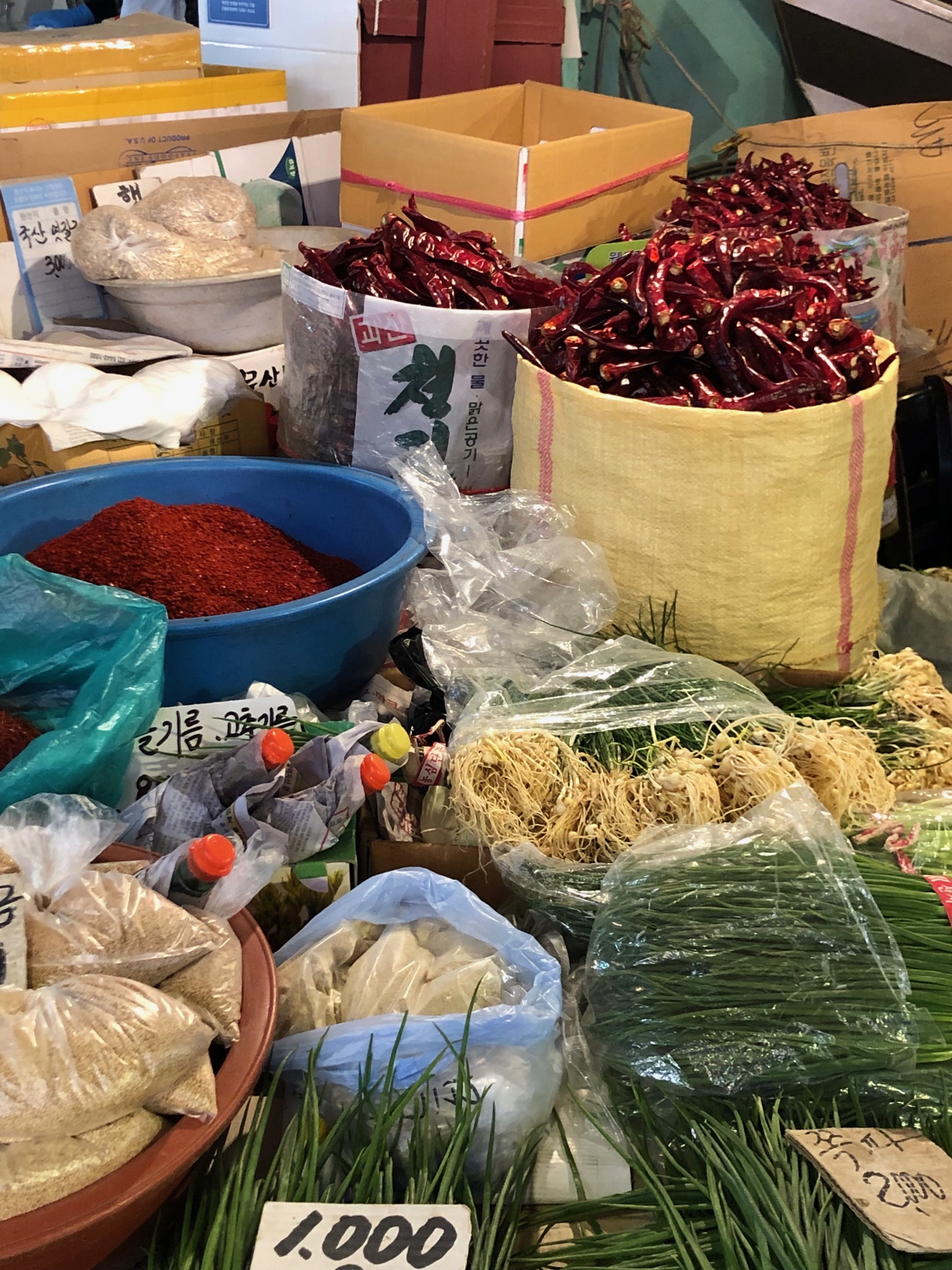 Our cooking class with Joungy began with a visit to the market to buy ingredients, a Korean Veggie primer!
Our cooking class with Joungy began with a visit to the market to buy ingredients, a Korean Veggie primer! I was mesmerized watching this gentleman grind chili peppers into Gochugaro powder.
I was mesmerized watching this gentleman grind chili peppers into Gochugaro powder.